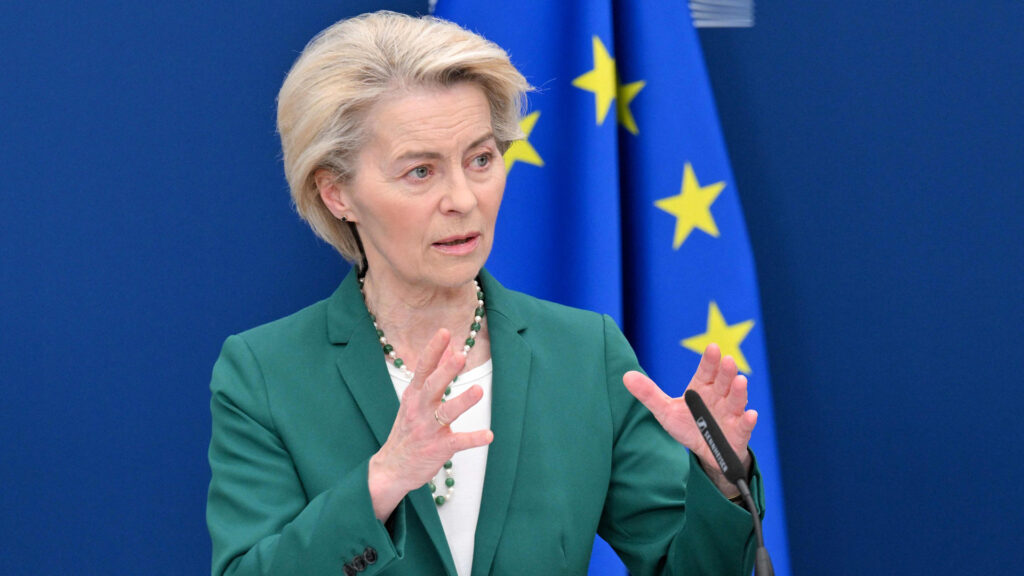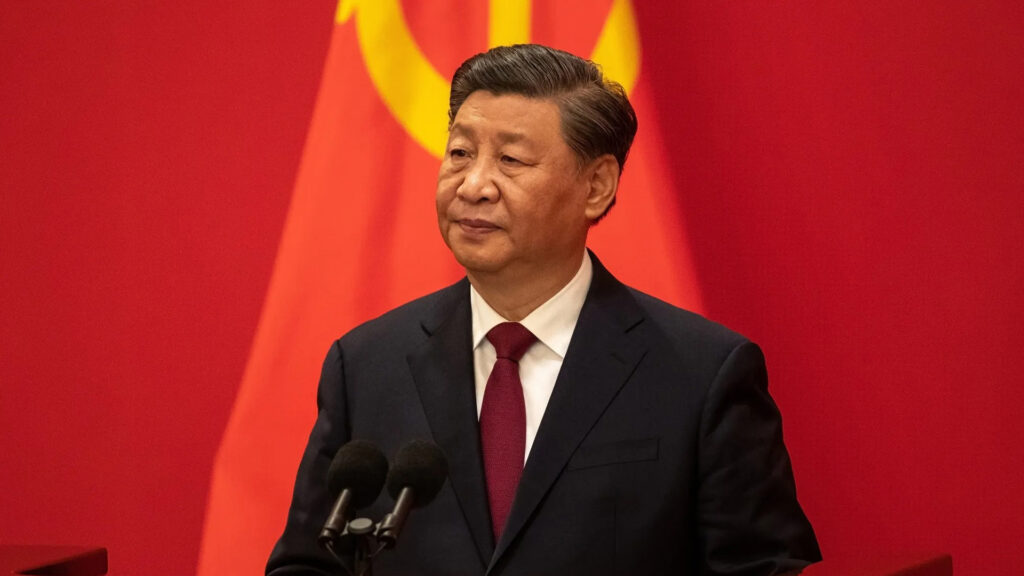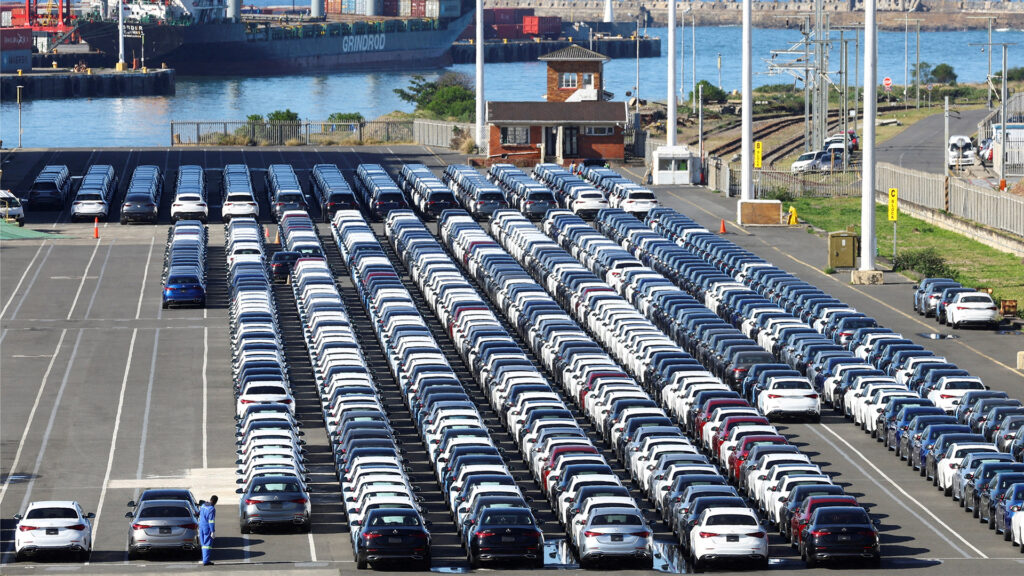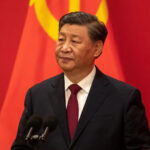President Donald Trump’s sweeping tariff policy continues to ripple across the global economic landscape. In response, the European Union (EU) has moved strategically to maintain dialogue while preparing proportional countermeasures.
During a high-level ministerial meeting in Luxembourg, the EU reaffirmed its commitment to negotiate but also approved a slate of 25% retaliatory tariffs on selected U.S. imports.
Highlights
- The EU proposed its first round of retaliatory tariffs in response to U.S. steel and aluminum levies.
- A “zero-for-zero” deal was offered to avoid a trade war, especially on automobiles and industrial goods.
- France and Italy pushed to remove wine and dairy from the EU tariff list to protect domestic industries.
- EU will start collecting retaliatory tariffs from April 15, with a second tranche in May.
- The bloc is preparing broader measures by end of April, including potential digital services or procurement restrictions.
EU’s Strategic Response: Diplomacy with Leverage
The EU’s dual strategy centers on avoiding economic escalation while demonstrating resolve. European Commission trade chief Maros Sefcovic emphasized that Brussels remains open to talks. The Commission proposed a “zero-for-zero” tariff agreement, especially for automobiles and other industrial products, to stabilize trade relationships with Washington.
Despite diplomatic efforts, the EU approved a 25% tariff package on U.S. goods to counteract U.S. steel and aluminum tariffs. Notably, items such as bourbon, wine, and dairy were removed from the list after pressure from France and Italy, concerned about a 200% counter-tariff threat from Trump’s administration.
Internal Debate: Seeking Unity in Action
At the Luxembourg meeting, EU trade ministers voiced a preference for negotiation over escalation. Polish Deputy Economy Minister Michal Baranowski remarked that “EU counterparts did not want to be trigger-happy,” while Irish Foreign Minister Simon Harris labeled the Anti-Coercion Instrument as a “nuclear option.”
The Anti-Coercion Instrument is a legal mechanism that empowers the EU to target U.S. service sectors and limit access to public procurement in response to coercive economic measures.
While many countries remained cautious, French Trade Minister Laurent Saint-Martin and Germany’s outgoing Economy Minister Robert Habeck urged the EU to act from a unified position of strength.
Industry Insight: Targeting Sectors Strategically
With EU exports to the U.S. outpacing imports (€532 billion vs. €334 billion in 2024), Brussels must be calculated in choosing targets. While the U.S. can hit a broader range of goods, the EU may pivot to services and tech sectors. This includes taxing U.S. digital giants or restricting procurement access for major U.S. contractors in Europe.
Industry insiders, like the Distilled Spirits Council of the U.S., welcomed the removal of bourbon from the EU tariff list. CEO Chris Swonger expressed hope for a return to “zero-for-zero tariffs” in the spirits sector, highlighting the collateral damage these disputes impose on business sectors with longstanding transatlantic ties.
What’s Next: April and May Showdowns
The EU will begin collecting tariffs from April 15, with another wave of levies scheduled for May 16 and December 1. Meanwhile, broader retaliatory frameworks are being prepared, including more extensive digital and service sector tools.
As negotiations with the U.S. continue, the EU seeks to balance firmness with flexibility. The underlying goal: protecting the single market without stoking a trade war.







